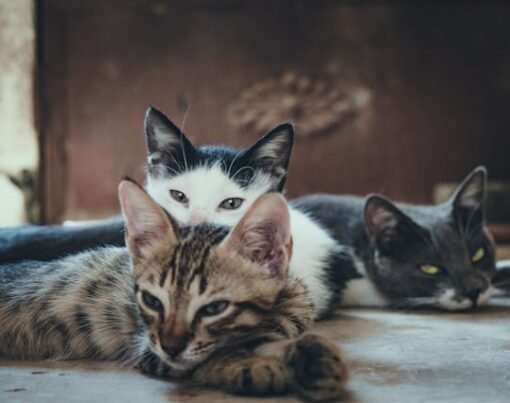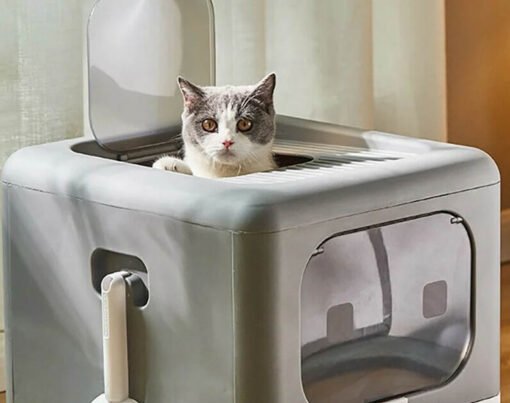As a Pitbull expert, it’s always a pleasure to discuss the fascinating aspects of this popular breed. Among the many colors and patterns that Pitbulls can display, one of the most intriguing is the merle pattern. While it has become increasingly popular among dog enthusiasts, the history and origin of merle Pitbulls remain shrouded in mystery for many. This article aims to shed light on the captivating journey of merle Pitbulls, from their early beginnings to their present-day appeal.
Table of Contents
The Merle Gene: A Chromatic Wonder
Before delving into the history of merle pit bulls, it’s essential to understand the science behind their stunning appearance. The merle pattern results from a specific gene that affects the distribution of pigment in a dog’s coat. This creates a unique pattern of various color patches, often accompanied by speckling and marbling. The merle gene can affect any coat color, including black, blue, chocolate, and red, leading to a visually striking and individual appearance.
A Mysterious Origin
The exact origins of the merle pattern in Pitbulls remain uncertain, but it’s believed to have emerged through crossbreeding with other breeds. Some theories suggest that merle Pitbulls resulted from the mixing of early American Pitbull Terriers and American Staffordshire Terriers with breeds like the Catahoula Leopard Dog, Australian Shepherd, or even the Collie. These breeds naturally carry the merle gene, and by introducing it into the Pitbull gene pool, breeders aimed to create a more diverse and aesthetically appealing canine companion.
The merle pattern’s introduction to the Pitbull breed is thought to have occurred around the early 20th century in the United States. However, it was not until the latter half of the century that the pattern gained widespread popularity among dog enthusiasts.
The Great Pitbull Debate: Controversy and Misconceptions
The rise of merle Pitbulls has not been without its share of controversies. Many Pitbull purists argue that the merle pattern is not a natural occurrence within the breed and that introducing the gene could lead to potential health issues. The merle gene has been linked to various health concerns, including deafness, vision problems, and a higher risk of sunburn and skin cancer. However, it’s important to note that not all merle Pitbulls will experience these issues, and responsible breeding practices can mitigate many of these risks.
Another common misconception about merle Pitbulls is the belief that they are inherently more aggressive than their non-merle counterparts. This is a baseless myth that has perpetuated due to the general stigma surrounding Pitbulls as a whole. In reality, a dog’s temperament is determined by various factors, including genetics, upbringing, and socialization. Merle Pitbulls, like any other Pitbull, can be loving, loyal, and gentle companions when raised in a nurturing and responsible environment.
Promoting Responsible Breeding Practices
To ensure the health and well-being of merle Pitbulls, it is crucial to advocate for responsible breeding practices. Reputable breeders will prioritize the health of their dogs and work to eliminate potential health risks associated with the merle gene. They will also focus on breeding dogs with stable temperaments and providing early socialization and training.
Prospective merle Pitbull owners should research and connect with responsible breeders who prioritize the overall health and well-being of their dogs. Always ask for health clearances, genetic testing results, and information about the puppy’s lineage. This due diligence will help ensure that you bring home a healthy and well-adjusted merle Pitbull puppy.
The Allure of the Merle Pitbull
Despite the controversies surrounding their origin and potential health concerns, merle Pitbulls have captured the hearts of dog enthusiasts worldwide. Their unique and striking appearance sets them apart from other Pitbulls, making them a popular choice for those seeking a visually stunning canine companion. However, it’s important to remember that the appeal of merle Pitbulls goes beyond their looks.
Like all Pitbulls, merle Pitbulls are known for their intelligence, loyalty, and affectionate nature. They make excellent family pets and are known to form strong bonds with their human companions. With proper socialization and training, merle Pitbulls can excel in various activities, including obedience, agility, and even therapy work.
Caring for Your Merle Pitbull
If you’re considering adding a merle pit bull to your family, it’s essential to familiarize yourself with their specific care requirements. As with any Pitbull, these dogs require a balanced diet, regular exercise, and mental stimulation to thrive. Additionally, merle Pitbulls may require extra attention when it comes to their skin and coat, as they may be more prone to sunburn and skin issues due to their unique pigmentation.
Merle Pitbulls also benefit from early socialization and training to ensure they grow into well-adjusted and confident adults. Exposing your merle Pitbull puppy to various environments, people, and other animals will help them become a well-rounded and adaptable companion.
Conclusion
The history and origin of merle Pitbulls may be shrouded in mystery, but their captivating appearance and loving nature have undoubtedly made them a popular choice among dog lovers. By promoting responsible breeding practices and understanding the unique care requirements of merle Pitbulls, we can ensure that these colorful canines continue to thrive as cherished companions for generations to come. Remember, a dog’s true beauty lies not only in its appearance but also in its heart, and merle Pitbulls have plenty of love to offer.










